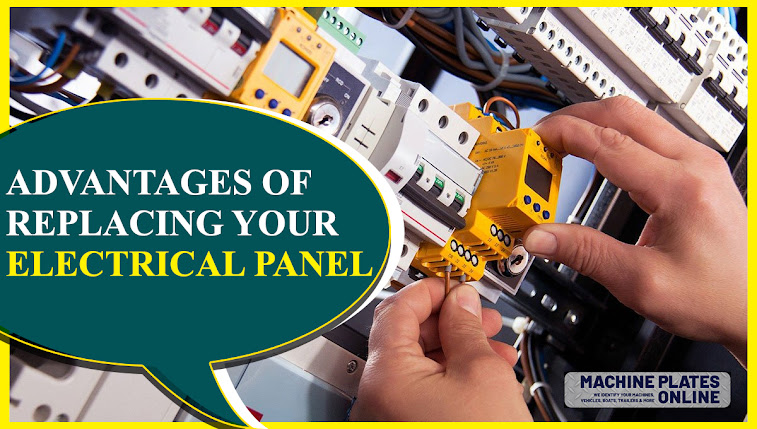What Is The Key Components of Electrical Control Panels?
These components can be tricky to identify, so it's important to know what to look for:
Terminal Blocks
Terminal blocks connect receptacles together. These connectors are commonly designed with push-in or push-fit contact mechanisms. Push-in contacts have a spring-loaded mechanism embedded at the root of each receptacle that bites into the cable, securing it in place with a mechanical wedge action. These terminals also have release plungers, which are depressed by a flat head screw driver.
Terminal blocks come in a variety of styles. The most common is the push-in style, which is commonly used for residential electrical wiring. The push-in style uses a multi-core wire. Both screw terminals and push-in terminal blocks have different contact pitches, which are important match up with wires needed for a given project. Contact pitch refers to the distance between the holes. Contact pitch is typically measured in millimeters, and the number of contacts on each block is proportional to this measurement.
Power Supplies
In electrical control panels, power supplies provide a continuous source of electrical energy to load circuits. These supplies may include a voltage multiplier or a high-voltage transformer. These supplies may also condition the input voltage to prevent electronic noise and voltage surges. They may also store energy to power a load in the event of interruption.
Electrical control panels include power supplies to provide power for programmable logic controllers, interposing relays, and safety relays. They also use specialty power supplies that can operate at a wide range of AC voltages, and some may even be battery-backed. After the power supplies are installed, the system will require a distribution system to distribute power to all devices. The power distribution system must be configured with the proper grounding systems.
Also read about, How to Clean Stainless Steel
Circuit Breakers
Circuit breakers in electrical control panels are installed to control the power supplied to various circuits in a building. These circuits include lighting, outlets, and special appliances. Some panels contain multiple circuit breakers, which are controlled by a single main breaker. These breakers can be upgraded or replaced when the number of circuits increases or when the current breaker panel reaches a capacity limit.
There are a number of common problems with electrical control panels, including faulty installation and circuit breakers. Some common issues include over sized breakers on 15-amp circuits, double-pole breakers on single-circuits, and wires crossing over the center of the panel. These problems can cause major problems, but most of them are preventable.
Push Buttons
Push buttons are used to control electrical devices in a variety of applications, such as computer systems, telephones, and crosswalks. They are also found in industrial machinery, security systems, ATMs, and military equipment. You can find them in a variety of different shapes and sizes. Besides being used in industrial applications, push buttons are also used in home appliances, computer peripherals, and fitness equipment.
The primary advantage of push button panels is their simplicity, but there are drawbacks. For example, troubleshooting can be complicated if you have more than a few pieces of equipment. This can also be a problem when new employees are hired for a plant and aren't familiar with the operating system. Additionally, if a panel is not powered, opening it can expose live voltage.
Grounding Panel
A grounding panel is an important component of an electrical control panel. It ensures that excess current will not flow to undesirable locations. This function is vital to prevent electrocution in case of electrical faults or damaged wiring. A good grounding system will also protect against tripping circuit breakers and damage to appliances.
The Grounding panel is a vital component of an electrical control panel and is an integral part of any electrical automation system. Its use ranges from personnel and equipment safety to signal conditioning and protection. While there are many different grounding systems, a grounding panel is generally used for incoming power feeds.
Reference Url, https://bit.ly/3h6trBI




Comments
Post a Comment